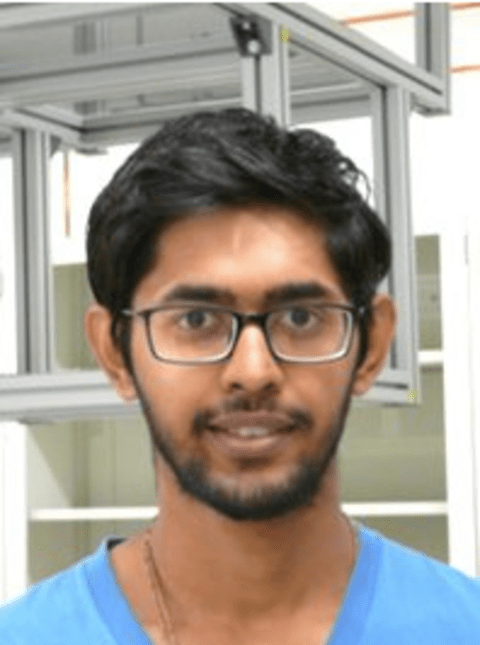Quantum computing with the D-Wave processor
IQC/Physics Special Seminar - Loren Swenson, D-Wave Systems
I will introduce quantum annealing as a technique for harnessing quantum mechanics to solve hard problems. The design of a quantum annealing processor based on superconducting flux qubits, some of the challenges we have encountered in constructing it, and measurements confirming the role of quantum mechanics in such processors will be presented. Finally, I will briefly discuss recent benchmarking and simulation results using the D-Wave 2000Q processor.

 Tarun Patel: Photocurrent imaging of charge density wave transitions in ultrathin 1T-TaS2
Tarun Patel: Photocurrent imaging of charge density wave transitions in ultrathin 1T-TaS2  Suspended carbon nanotube (CNT) resonators have demonstrated excellent sensitivity in mass and force sensing applications to date. I will introduce these mechanical resonators, and how they can be combined with magnetic field gradients to realize magnetic moment readout.
Suspended carbon nanotube (CNT) resonators have demonstrated excellent sensitivity in mass and force sensing applications to date. I will introduce these mechanical resonators, and how they can be combined with magnetic field gradients to realize magnetic moment readout.